118 years ago, brothers Alfred and Albert were sentenced to death for theft. The incident stemmed from the fact that the two men had murdered a couple in a shop on the outskirts of London. The crime scene only left behind the fingerprints of the two individuals. Investigators convicted them based on clues from these fingerprints.
Convictions based on fingerprints are quite normal today, but it was shocking at the time because this was the first murder case to be prosecuted with fingerprint evidence. The pioneer in using fingerprints as evidence was fingerprint expert Francis Galton, who spent decades collecting various fingerprint samples and conducting in-depth studies on them.
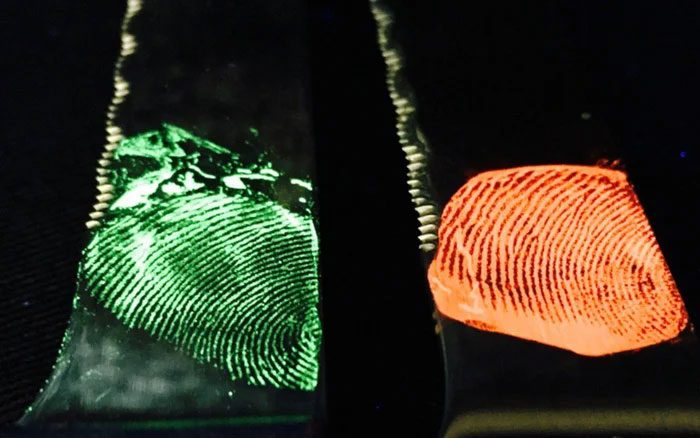
Everyone’s fingerprints are unique
Galton classified fingerprints, studied their distinctive structures, and ultimately confirmed that fingerprints are a reliable form of evidence for verifying identity, which can be used to identify criminals.
We now know that everyone’s fingerprints are different, and fingerprints are even more unique than DNA. For example, identical twins will have the same DNA, similar appearances, and relatively similar heights, but their fingerprints will be completely different.
Fingerprints are made up of raised patterns known as friction ridges, and in the center of the fingerprint are densely packed pores connected to sweat glands beneath the skin. In this analogy, sweat can be compared to ink, while fingerprints can be likened to a seal, which is why people can leave fingerprints on objects.
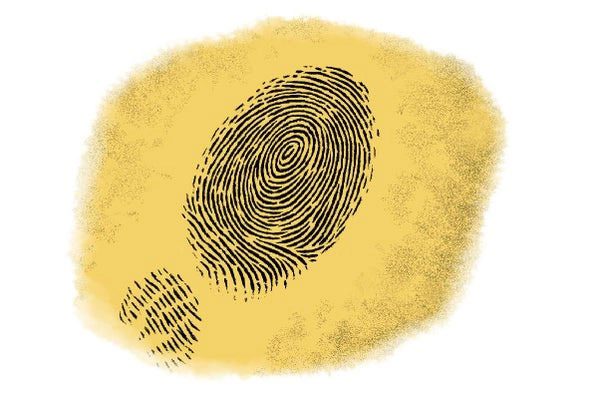
No two people in the world have the same fingerprints.
We can identify a person by observing the number of friction ridges, their arrangement, shape, and size. Just as no two snowflakes are identical, no two people have the same fingerprints. Scientists have calculated that the probability of two people having the same fingerprint is about 1 in 64.5 billion.
Everyone has their own unique fingerprints, but most living creatures on our planet do not have fingerprints. For example, there are no clear fingerprints on the paw pads of dogs and cats. However, a few other mammal species do have fingerprints, including primates, our closest relatives.
Some scientists believe that fingerprints play a crucial role in human tactile sensation; they not only enhance sensitivity but also increase friction between fingers and objects, thereby improving grip strength.
This is also true for other animals, such as climbing rodents, which typically have prominent ridges on their paw pads, and burrowing rodents also have similar patterns on their paw pads.
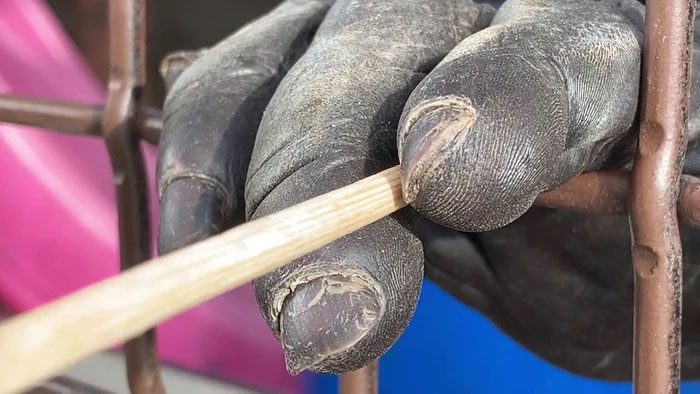
Climbing rodents also have prominent ridges on their paw pads.
Typically, when a human fetus develops to 150 days, it has formed its fingerprints, and these fingerprints will not change.
Unfortunately, science has yet to discover the principles behind fingerprint formation, so they can only analyze the mechanisms of fingerprint development through speculation.
Firstly, the formation of fingerprints is random. Eye color and hair color are determined by genes, but fingerprints do not have this characteristic; no one can predict whether a child’s fingerprints will be arch-shaped, circular, or spiral before they are born. Therefore, the formation of fingerprints results from many random factors such as genes and environmental influences.
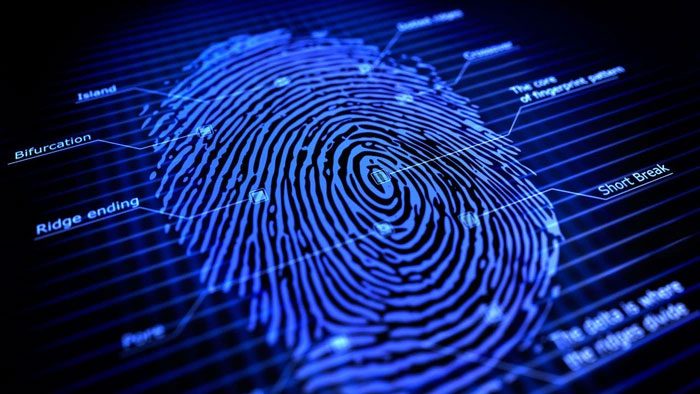
The formation of fingerprints results from many factors.
Additionally, genetic disorders can also affect fingerprints; for example, individuals with a deletion on chromosome 5 suffer from severe intellectual disability, have significantly smaller heads than normal, thick and bulbous ears, and their fingerprints may also have more blemishes than usual.
Environmental factors can also influence fingerprint patterns; for instance, during the fetal stage, if a fetus experiences malnutrition or is infected with certain viruses, the resulting fingerprints may exhibit irregular shapes.
In fact, centuries ago, nearly all countries in the world began using “fingerprint identification technology,” although the technology at that time was not as complex as it is today, its frequency of use was relatively high.
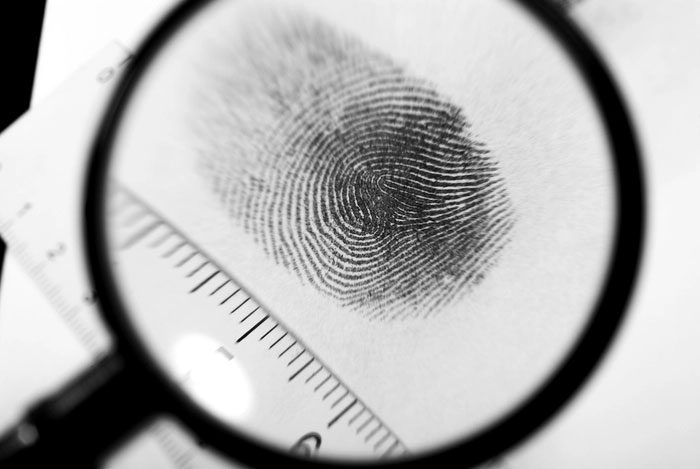
Fingerprint recognition remains the most accurate identification method.
Ancient Babylonians often used fingerprints on clay tablets to record business transactions, and Eastern countries also impressed fingerprints on paper with ink to mark their identity; illiterate individuals in ancient India could also use fingerprints instead of signatures.
Current scientists have developed many biometric technologies; in addition to fingerprints, these also include dental characteristics, iris scanning, and DNA recognition, all of which can identify a person. However, fingerprint recognition remains the most accurate and widely used identification method.
Today, anyone arriving in the United States must leave their fingerprints at the immigration checkpoint, which takes only a few seconds to provide identification information.
The fingerprint collection and recognition system in the United States is one of the most advanced systems currently available. Within half an hour, this system can find any fingerprint record and related information about the fingerprint’s owner in a database of nearly 50 million individuals.





















































